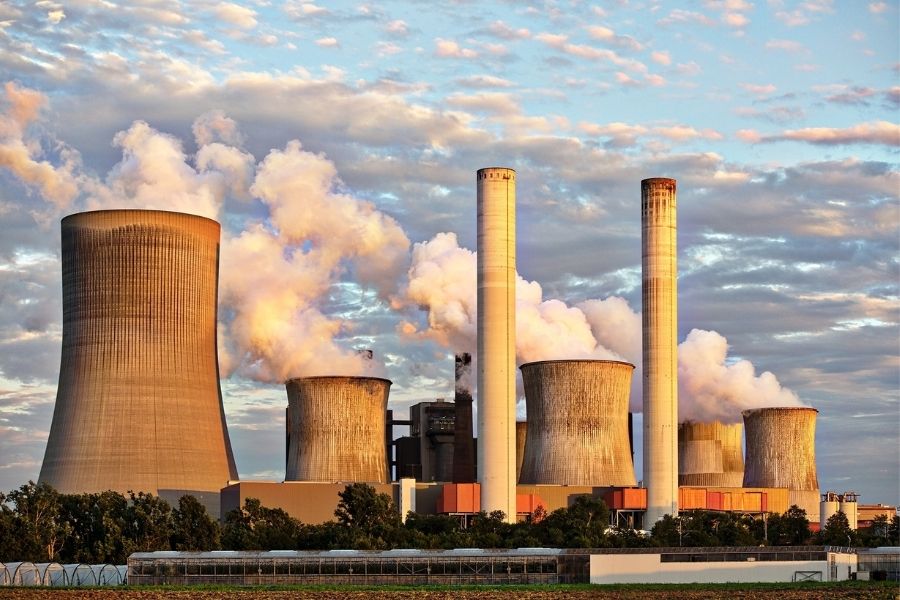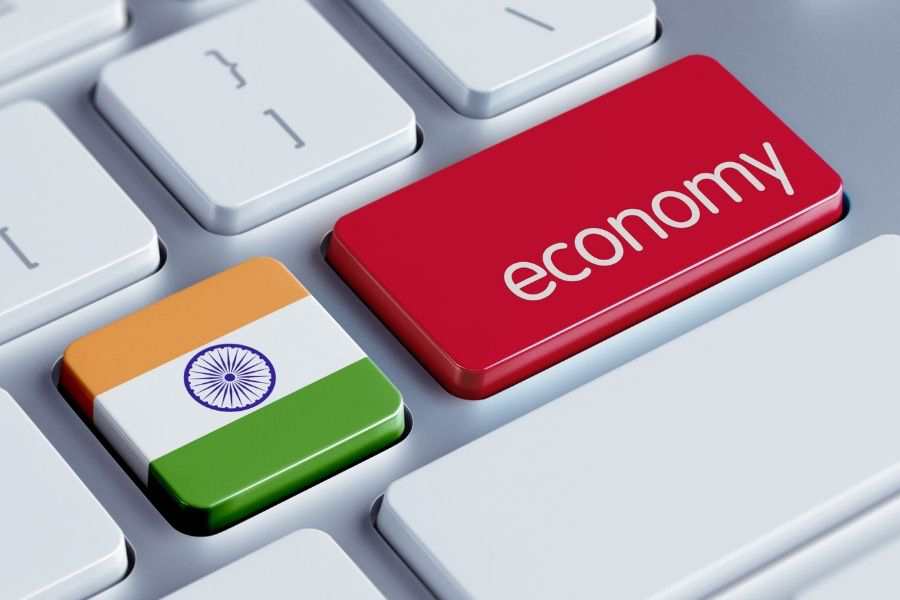India: The hottest market for carbon trade?
Putting a price on carbon emissions is one of the most cost-effective ways to meet the world’s climate goals while fostering growth. For this, India needs an effective emissions trading scheme. This is imperative to unleash the true potential of carbon trade in the country, as an emissions trading scheme is a market-based solution to pollution control.
- Countries around the world ratified the Kyoto Protocol (KP) on February 16, 2005 (initially adopted on 11th December,1997) a landmark accord that acknowledged the global need to curb greenhouse gas emissions.
- The protocol has inspired many cap-and-trade schemes. The underlying principle of putting a price on carbon is to make clean energy cheaper and more profitable in the long run.
- India is one of the fastest growing carbon trading markets in the world. It is expected to gain at least US$ 5 billion to US$ 10 billion from carbon trading (Rs 22,500 crore to Rs 45,000 crore) over a period of time.
- Currently, India does not have an effective and transparent legal framework for trading of carbons in the market. This is imperative to unleash the true potential of carbon trading in the country as an emissions trading scheme is a market-based solution to pollution control.

Putting a price on carbon emissions is one of the most cost-effective ways to meet the world’s climate goals while fostering growth. The IMF states that the world needs a global tax of US$ 75 per tonne by 2030 to reduce emissions to a level consistent with a 2˚C warming target. Recognizing this, countries around the world ratified the Kyoto Protocol (KP) on 16th February 2005 (initially adopted on 11th December, 1997), a landmark accord that acknowledged the global need to curb greenhouse gas emissions.
The Clean Development Mechanism (CDM) of the protocol allows a country with an emission-reduction or emission-limitation commitment to implement an emission-reduction project in developing countries. It allows countries that have unused emission units to sell this excess capacity to countries that are over their targets through certified emission reduction (CERs).
The protocol has, consequently, inspired many cap-and-trade schemes. According to the World Bank, there are 65 carbon pricing initiatives implemented across 45 national jurisdictions and 34 sub-jurisdictions. “In 2021, these initiatives would cover 11.65 GtCO2e, representing 21.5% of global GHG emissions,” it states. Some of the countries that have emissions trading systems (already operating or under development) are EU, Canada, China, Japan, New Zealand, South Korea, Switzerland and the United States.
India: The top carbon market
India has generated approximately 30 million carbon credits, the second highest transacted volumes in the world. It one of the largest beneficiaries of total world carbon trade through CDM, claiming about 31%. It signed the KP agreement on August 2002. India is expected to gain at least US$ 5 billion to US$ 10 billion from carbon trading (Rs 22,500 crore to Rs 45,000 crore) over a period of time. This is attributed to the myriad advantages that carbon markets offer.
The underlying principle of putting a price on carbon is to make clean energy cheaper and more profitable in the long run. It also incentivizes entities with low reduction costs to reduce emissions beyond their mandate by bringing in resource efficiency. It also provides them a chance to make profits through the selling of excess carbon credits. Further, investing in energy efficient and eco-friendly business solutions will also result in supply chains that are more resilient to weather vagaries and climate hazards.
Lastly, companies associated with sustainability also gain a favourable perception in the eyes of their customers. According to a survey by the Carbon Trust, 56% of people said they would be more loyal to a brand if they could see at a glance that it was taking steps to reduce its carbon footprint. Similarly, McKinsey found that over 70% of consumers would pay an additional 5% for a green product than for a comparable non-green alternative.
The model of reducing carbon emissions is also gaining prominence in the country. For example, the Mahindra Group aspires to attain carbon neutrality across its 150 companies by 2040. In 2016, Mahindra & Mahindra became the first Indian company to announce its internal carbon price of US$ 10 per ton of carbon emitted while Tech Mahindra has committed to 22% reduction in GHGs by 2030 and 50% by 2050.
In addition to adopting green measures, carbon trading is also picking up in India. In 2020, the Indore Municipal Corporation became the first civic body in the country to generate a revenue of Rs 50 lakh through selling carbon credits by registering the projects under the Verified Carbon Standard (VCS). The Chennai Corporation, along with Chennai Smart City Limited, is set to follow suit.
Among states, the Gujarat government’s implementation of a cap-and-trade programme, which allocates permits to companies in Surat’s textile industry to discharge a specific amount of pollutants (276 tons per industrial unit). It enabled participating industrial units to reduce particulate emissions by 24%, by paying for them to install pollution-reducing technology or enabling them to purchase ’emission permits’ to emit more than their limit for a specific pollutant.
Indian Agricultural Research Institute (IARI) is collaborating with a private firm to build a marketplace for trading in carbon credits for farmers in the country. Therefore, both farmers and companies have something to gain from carbon credit trading. The former gets paid for adopting healthy agricultural practices that reduce carbon emissions while companies adopting healthy agricultural practices that reduce carbon emission, but are unable to do so, can step in by directly purchasing carbon credits from farmers using the platform.
There but not there yet
Albeit India is one of the fastest growing carbon trading markets in the world, it does not have an effective and transparent legal framework for trading of carbons in the market. This is imperative to unleash the true potential of carbon trading in the country as an emissions trading scheme is a market-based solution to pollution control.
The policy needs to clarify, for example, whether trade of credits to off-shore units would amount to exports and if CERs would be considered to be goods originating in India, as they are issued by an offshore entity. Another thing that the policy must ensure is the transparent allocation of permits. The policy needs to acknowledge that a high price for permits could damage economic competitiveness of smaller and medium enterprises (SMEs) or the possibility that larger industries may accumulate permits to avoid reducing their emissions.
The government will also have to decide carefully on setting an initial emissions cap – a low cap could hurt the economic competitiveness, while a high one would delay emissions reductions and dilute the effectiveness of the program. Lastly, the success of the policy will depend on how easily and effectively it is applied to other sectors of the economy.













Leave a comment